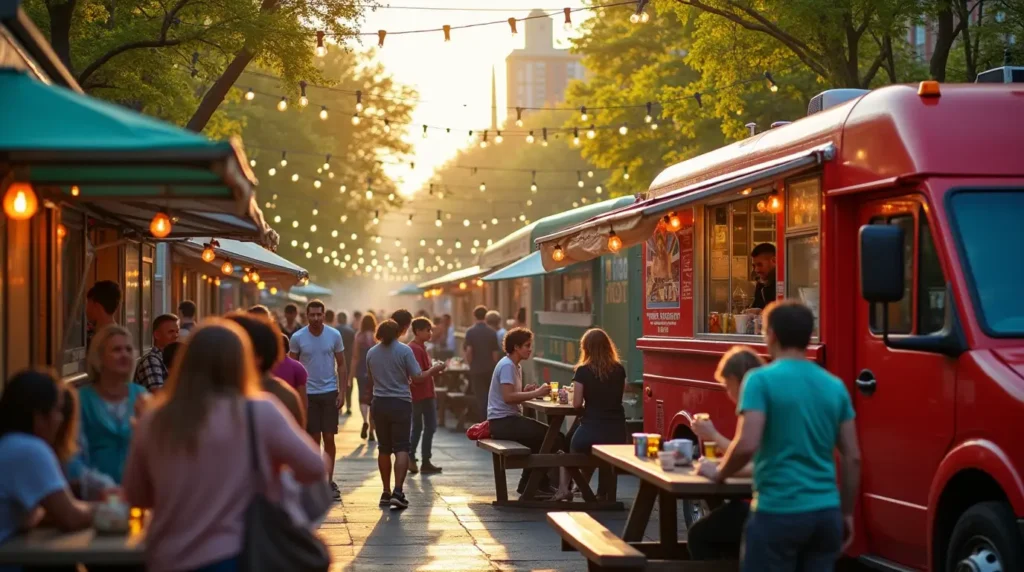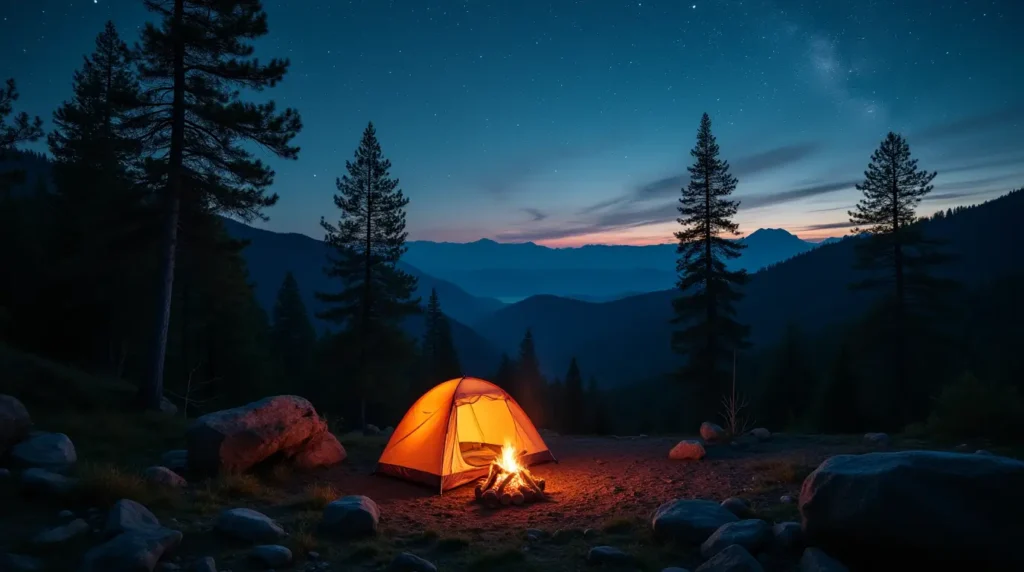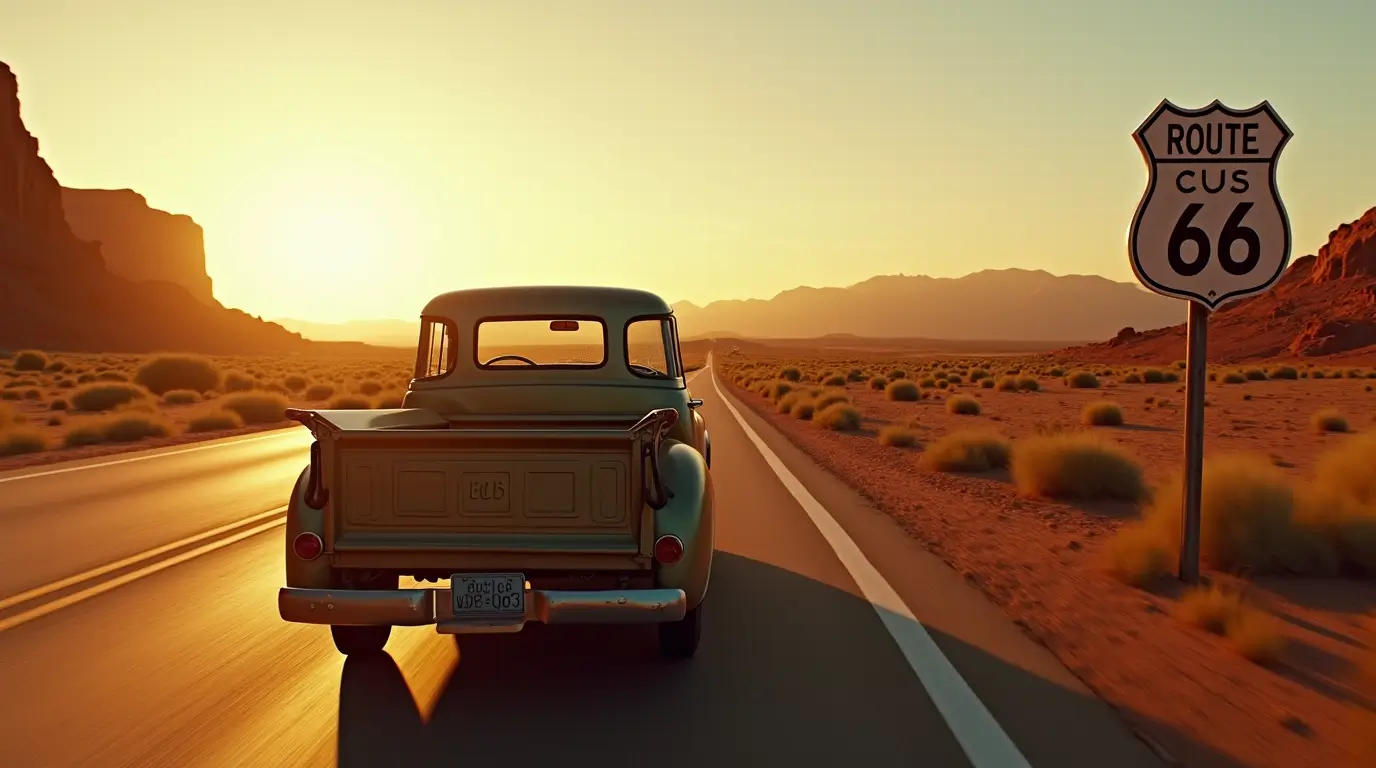The vast American landscape beckons with endless possibilities, from the mist-shrouded peaks of the Appalachians to the sun-drenched beaches of California. Yet many travelers hesitate, believing that exploring the USA requires deep pockets. Let me share a secret: some of the most enriching American adventures come with surprisingly modest price tags. Just ask Sarah and Mike, digital nomads who traversed 30 states in six months while spending less than $2,000 monthly – proof that with smart planning and insider knowledge, your dream American journey is within reach. Travel in the USA
The Power of Strategic Transportation
Road Trip Renaissance
The great American road trip remains the ultimate budget travel hack. With gas prices significantly lower than in Europe or Asia, driving offers unparalleled value and flexibility. A two-week road trip through Utah’s Mighty 5 national parks typically costs less than three days in Manhattan. Plus, you’ll discover hidden gems that most tourists miss – like the quirky Wall Drug in South Dakota or the stunning Antelope Canyon in Arizona.
Flying Smart
When distance demands air travel, timing is everything. Lesser-known airports often offer significant savings. Consider Stewart International (SWF) instead of JFK for New York access, or Baltimore-Washington (BWI) rather than Reagan National (DCA). Booking domestic flights 6-8 weeks ahead typically yields the best fares, with Tuesday and Wednesday departures offering additional savings.
Public Transit Mastery
Many American cities boast excellent public transportation networks. Portland’s comprehensive transit system offers day passes under $10, while Chicago’s L train provides unlimited access to both downtown attractions and charming neighborhoods. For intercity travel, Amtrak’s regional routes combine affordability with scenic views, especially along the Pacific Coast and Northeast Corridor.
Smart Stays: Beyond Traditional Hotels
Budget-Friendly Accommodations
America’s lodging landscape offers numerous opportunities for savings without sacrificing comfort. Budget hotel chains like Drury Hotels and La Quinta often include breakfast, WiFi, and evening snacks – effectively reducing daily food costs. However, the real savings come from alternative accommodations.
Camping and Outdoor Options
State and national parks offer camping facilities for $15-30 nightly, often in stunning locations. Many Walmart stores allow free overnight RV parking, creating a nationwide network of convenient stopovers. For a middle-ground option, platforms like Hipcamp connect travelers with private landowners offering unique camping experiences, often at budget-friendly rates.
Extended Stay Strategies
For longer visits, weekly and monthly Airbnb rates can reduce costs by 20-40% compared to nightly bookings. Many hosts offer additional discounts for extended stays, especially during off-peak seasons. Consider housesitting opportunities through trusted platforms – they often provide free accommodation in exchange for pet care or basic property maintenance.
Eating Well on a Budget
Local Dining Strategies
American food culture offers numerous opportunities for affordable dining. Classic diners, particularly during early-bird specials, serve generous portions at reasonable prices. Many offer all-day breakfast options under $10, often substantial enough for two meals. Happy hour specials, typically between 4-6 PM, can reduce appetizer and drink prices by 50% or more.
Food Truck Revolution
The food truck scene has transformed budget dining across America. Cities like Portland, Austin, and Los Angeles boast vibrant food truck cultures offering diverse, high-quality meals for $8-12. These mobile kitchens often serve fusion cuisines and innovative dishes that rival restaurant offerings at half the price.
Grocery Store Tactics
Local grocery stores are budget travelers’ secret weapons. Store delis offer fresh sandwiches and salads at significant savings compared to restaurants. Whole Foods Market’s hot food bars provide quality prepared meals by weight, while Trader Joe’s offers unique snacks and picnic supplies at reasonable prices. Many grocery stores also feature local specialties and regional products, perfect for sampling local flavors economically.

Free and Low-Cost Attractions
Nature’s Free Entertainment
Some of America’s most spectacular experiences come without admission fees. The Great Smoky Mountains National Park – the country’s most visited – charges no entrance fee. Numerous state parks offer free or low-cost access to beaches, hiking trails, and scenic viewpoints. Urban parks like New York’s Central Park and San Francisco’s Golden Gate Park provide hours of entertainment without spending a dime.
Cultural Experiences
Major cities offer surprising amounts of free cultural entertainment. Washington D.C.’s Smithsonian museums – world-class institutions covering everything from art to space exploration – are completely free. Many cities offer free walking tours through historic districts, while universities frequently host free lectures, concerts, and exhibitions.
Hidden Gems
Look for city-specific free days and special programs. Bank of America cardholders receive free museum admission on the first full weekend of each month through the “Museums on Us” program. Many theaters offer free outdoor performances during summer months, while churches and cathedrals often host free musical performances.
Maximizing Your Budget
Timing is Everything
Travel during shoulder season (April-May or September-October) for optimal weather and minimal crowds. Hotel rates can drop by 30% or more, and popular attractions become more accessible. Additionally, many destinations offer special events and festivals during these periods, providing extra value for budget travelers.
Smart Passes and Memberships
The America the Beautiful Pass ($80 annually) pays for itself after visiting just three national parks. City tourist passes, when used strategically, can provide significant savings on attractions and transportation. AAA membership often pays for itself through hotel and attraction discounts, plus provides peace of mind for road trips.
Hidden Costs and Savings
Remember to factor in state sales tax (varying from 0-9.5%) and tipping (15-20% for service). Many hotels, especially in tourist areas, charge resort fees – always ask about additional charges when booking. Consider travel insurance for longer trips; it’s an upfront cost that can save thousands in emergencies.
Crafting Your Budget-Friendly Itinerary
Second City Charm
Instead of expensive coastal cities, explore America’s vibrant “second cities.” Memphis offers incredible blues music and BBQ culture at reasonable prices. Pittsburgh surprises with world-class museums and affordable neighborhoods. Portland, Maine, delivers coastal charm without coastal prices. These cities often provide more authentic experiences and better value than their larger counterparts.
Sample Budget Itineraries
A seven-day Southwest road trip, including camping in national parks and visiting small towns, can cost as little as $500 per person, including food and gas. Urban explorers can spend a week in Chicago during shoulder season for under $700, taking advantage of free museums, public beaches, and affordable public transit.
Mixing Experiences
Create depth in your journey by mixing free and paid experiences. Perhaps splurge on a memorable dinner in New Orleans but balance it with several days of picnics in city parks. Stay in a budget hotel near public transportation rather than paying premium rates for downtown locations.

The Spirit of Budget Travel
Budget travel in the USA isn’t about cutting corners – it’s about making smart choices that maximize experiences while minimizing costs. Every dollar saved on accommodation or transportation becomes available for unique experiences, local cuisine, or extending your journey.
Remember that some of America’s most memorable experiences come free of charge: watching the sunset over the Grand Canyon, walking across the Brooklyn Bridge, or striking up conversations with locals in a small-town diner. These moments, more than any luxury hotel or expensive restaurant, form the heart of true American travel.
Whether you’re dreaming of desert sunsets in Arizona, jazz clubs in New Orleans, or leaf-peeping in Vermont, America’s treasures are accessible on any budget. The key lies in thoughtful planning, embracing local experiences, and remembering that often the most memorable moments come without a price tag.
Pack your bags, bring your sense of adventure, and discover how far your budget can take you across the American landscape. The journey of a lifetime awaits, and it might cost less than you think.

